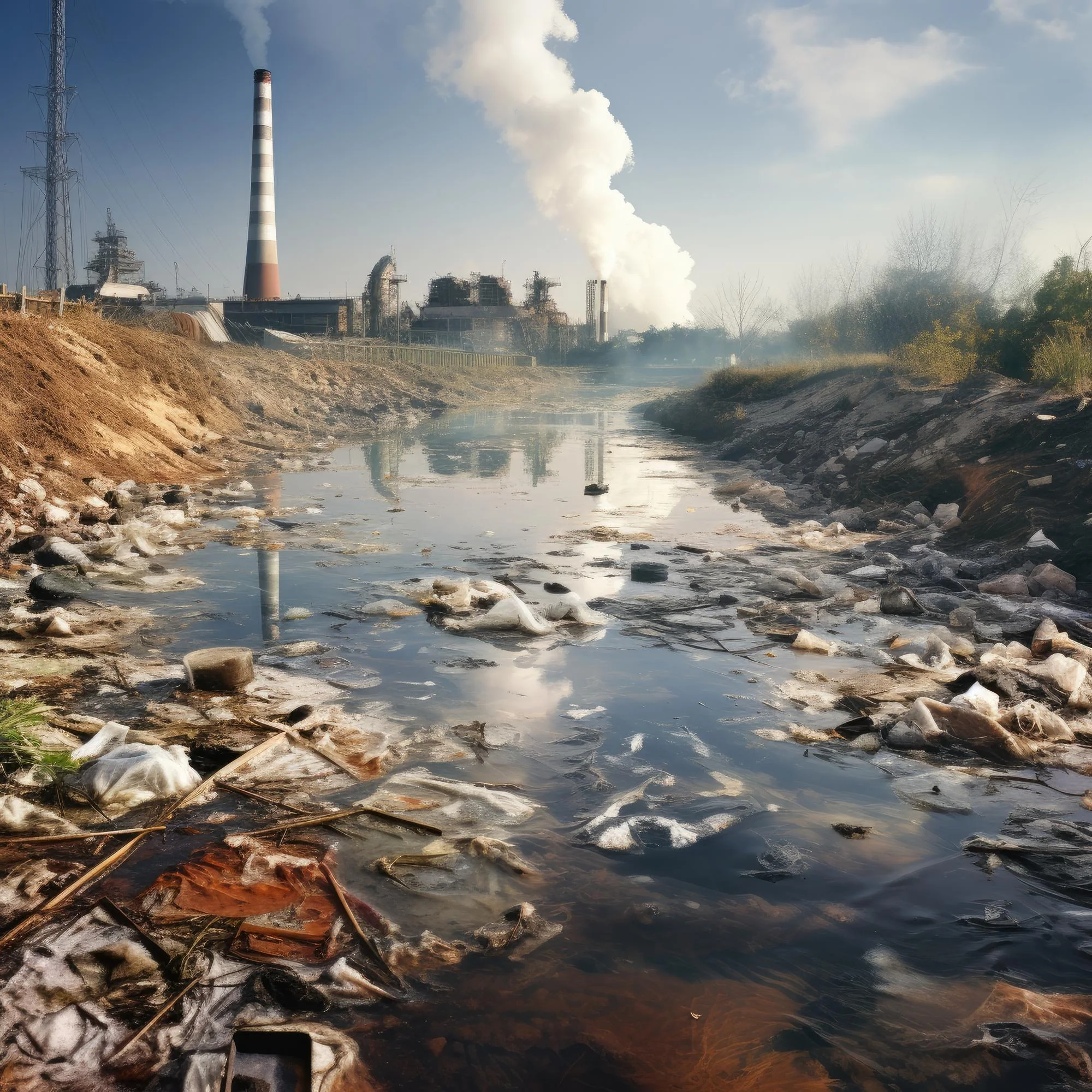The health of our river ecosystems is of paramount importance for environmental sustainability, biodiversity, and human well-being. Rapid industrialization and urbanization contribute to the metal pollution of river sediments, which poses risks to aquatic life and humans relying on these water resources. Consequently, accurate risk assessments are crucial for informing environmental policy and management strategies. A recent study published in the Journal of Hazardous Materials proposes an innovative methodology for evaluating metal pollution in river surface sediments, offering a more stable and applicable approach to gauging the pollution levels of rivers globally.
The traditional methods for assessing sediment pollution levels often rely on comparing measured concentrations of pollutants to predefined background values. However, these background values can exhibit considerable spatiotemporal variability due to human activity, thereby compromising the reliability of risk assessments. To address this issue, researchers have developed a relative pollution level assessment (RPLA) method that does not depend on fixed background values, thus potentially avoiding inaccuracies in pollution evaluation.
The study, led by Ru Xuan along with team members Guan Xianghong, Liao Jianbo, Wei Cong, Wu Haizhen, and Wei Chaohai from the South China University of Technology, and allied institutions, paves the way for a uniform assessment of metal pollution in surface sediments of rivers across diverse geographical regions. Published on December 20, 2023, with the Digital Object Identifier (DOI) 10.1016/j.jhazmat.2023.133108, the article elucidates how the RPLA method utilizes statistical data from extensive literature on global rivers and emphasizes the necessity for adaptable and robust pollution evaluation techniques.
The RPLA method executes a four-step data processing procedure. It extracts evaluation indices for the relative pollution degree of pollutants in the environment and assesses the overall pollution level and regional differences among worldwide rivers. It applied this method to 310 selected literatures encompassing a diverse range of rivers around the globe. Researchers focused on nine target metals often found in polluted sediments – chromium (Cr), nickel (Ni), copper (Cu), zinc (Zn), arsenic (As), cadmium (Cd), lead (Pb), antimony (Sb), and thallium (Tl) – and determined ambient background values, worldwide threshold values (WWTV), and relative pollution grades ranging from Level I to IV.
In testing the RPLA method, the researchers found that the results were robust and comparable to those of traditional assessment methods. This suggests that the RPLA could serve as a valuable tool for environmental scientists and policymakers, providing a reliable and consistent measure without the pitfalls of fluctuating background values.
The findings of this investigation are crucial as they offer an alternative that can be adapted globally, taking into account the unique characteristics of each riverine environment. The study outlines that proper metal pollution risk assessment is fundamental for initiating effective remediation procedures and preventing further ecological harm.
Environmental agencies and researchers stand to benefit immensely from this methodology, as it supports the priority of maintaining healthy river ecosystems amidst ongoing anthropogenic pressures. Ensuring the integrity of these natural resources is essential, not only for protecting aquatic species but also for safeguarding human communities that rely on these waterways for drinking water, agriculture, and recreation.
Keywords
1. River Metal Pollution
2. Sediment Risk Assessment
3. Environmental Pollution Index
4. Surface Sediment Evaluation
5. Pollution Grading Methodology
These keywords would help the article gain visibility among stakeholders interested in environmental conservation and sustainable management of water resources.
The innovative approach taken by the research team mirrors a growing trend in environmental sciences – the shift towards methodologies that can accommodate a changing world. As such, it is vital that the information presented in this study is disseminated widely, influencing future risk assessments and eventually shaping environmental regulations and cleanup initiatives worldwide.
References
1. Xuan, R., et al. (2023). A methodology for evaluating the relative pollution level of metal pollution in surface sediments of rivers based on the statistical results of relevant literatures covering world-wide rivers. _Journal of Hazardous Materials, 465_, 133108. https://doi.org/10.1016/j.jhazmat.2023.133108
2. Burton, G. A. Jr. (2015). Sediment quality criteria in use around the world. _Limnology and Oceanography_, 40(3), 468-477.
3. MacDonald, D. D., et al. (2000). Development and evaluation of consensus-based sediment quality guidelines for freshwater ecosystems. _Archives of Environmental Contamination and Toxicology_, 39(1), 20-31.
4. Sutherland, R. A. (2000). Bed sediment-associated trace metals in an urban stream, Oahu, Hawaii. _Environmental Geology_, 39(6), 611-627.
5. Yang, Z. F., et al. (2009). Assessing the anthropogenic influence on river sediments of the Pearl River Delta by statistical analysis of their trace element composition. _Marine Pollution Bulletin_, 58(12), 1892-1901.
Declaration of Competing Interest:
All authors disclosed no relevant relationships.
This article provides readers with a comprehensive overview of the RPLA method as an effective tool for assessing metal pollution in river sediments, presenting a significant advancement in environmental risk assessment practices.
